- Online car hire since 2005
Car hire La Palma
Save time and money. We compare the offers of car rental companies in La Palma on your behalf.
- Free cancellation Up to 48 hours prior to the scheduled pick up time
- Best price guarantee Have you found a better price? Let us know and we will make you a better offer.
- 24000+ pick-up locations Locations around the world
Car hire La Palma
EasyTerra Car Hire La Palma is an independent car hire comparison site. Our system compares prices from well-known car hire companies so as a customer you can always book your hire car through us at a competitive rate.
Car rental offers in La Palma
Whether you're looking for a small rental car or a station wagon for the entire family, we will always have a suitable vehicle for the lowest price. Below are some examples from our selection in La Palma.
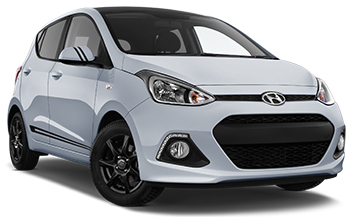
-
Turisprime From£ 7 /day -
TopCar From£ 9 /day -
Avis From£ 9 /day
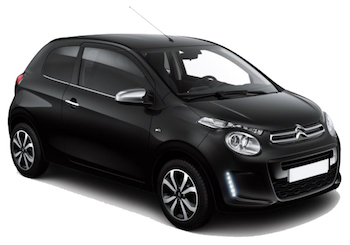
-
Turisprime From£ 7 /day -
Avis From£ 9 /day -
Budget From£ 10 /day

-
Thrifty From£ 10 /day -
Turisprime From£ 10 /day -
Avis From£ 11 /day
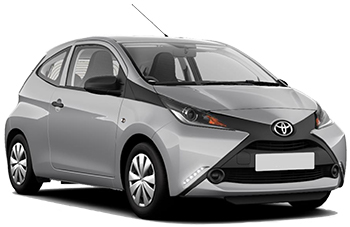
-
TopCar From£ 9 /day -
Europcar From£ 11 /day -
Keddy By Europcar From£ 13 /day
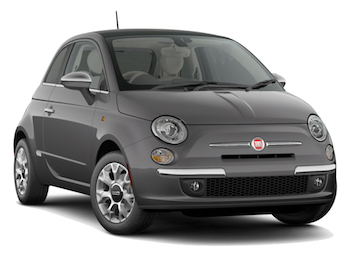
-
TopCar From£ 9 /day -
Sixt From£ 16 /day
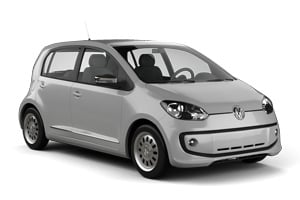
-
Thrifty From£ 10 /day -
TopCar From£ 21 /day
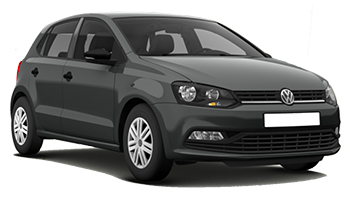
-
TopCar From£ 9 /day

-
Thrifty From£ 10 /day -
TopCar From£ 12 /day

-
Turisprime From£ 10 /day -
Avis From£ 11 /day -
Budget From£ 11 /day
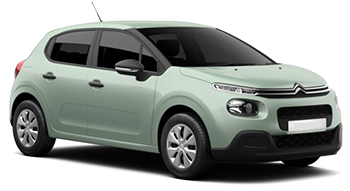
-
Turisprime From£ 8 /day -
TopCar From£ 9 /day -
Budget From£ 11 /day
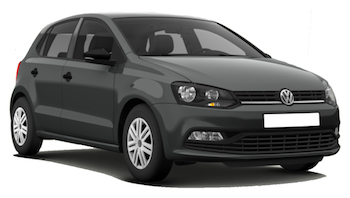
-
Turisprime From£ 9 /day -
TopCar From£ 9 /day -
Budget From£ 11 /day
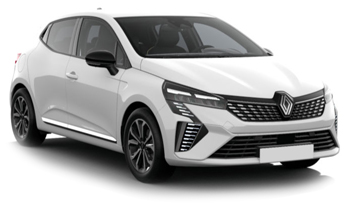
-
Thrifty From£ 10 /day -
Hertz From£ 14 /day

-
Turisprime From£ 9 /day -
Budget From£ 11 /day -
Avis From£ 11 /day
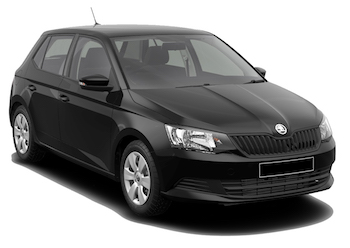
-
Turisprime From£ 9 /day -
Budget From£ 11 /day -
Avis From£ 11 /day

-
Turisprime From£ 11 /day -
Budget From£ 11 /day -
Avis From£ 11 /day
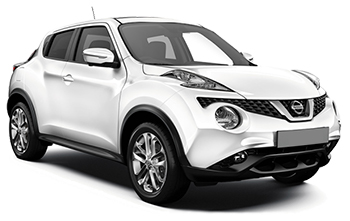
-
TopCar From£ 9 /day

-
TopCar From£ 9 /day

-
Turisprime From£ 11 /day -
Budget From£ 11 /day -
Avis From£ 11 /day

-
Turisprime From£ 10 /day -
Avis From£ 14 /day -
Budget From£ 15 /day
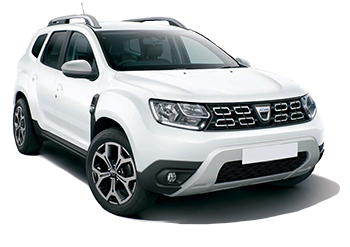
-
TopCar From£ 11 /day
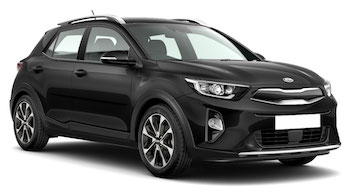
-
TopCar From£ 12 /day

-
TopCar From£ 11 /day
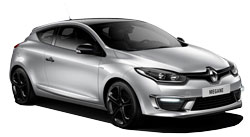
-
TopCar From£ 11 /day -
Thrifty From£ 13 /day -
Hertz From£ 16 /day

-
Turisprime From£ 12 /day -
Avis From£ 14 /day -
Budget From£ 15 /day

-
TopCar From£ 11 /day -
Budget From£ 15 /day

-
TopCar From£ 12 /day -
Avis From£ 14 /day -
Budget From£ 14 /day

-
TopCar From£ 12 /day -
Budget From£ 16 /day -
Avis From£ 17 /day
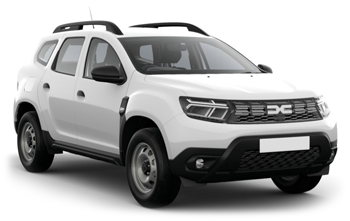
-
TopCar From£ 12 /day
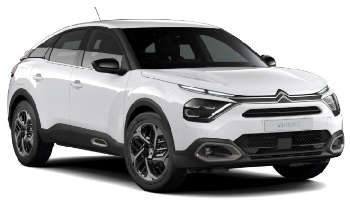
-
TopCar From£ 12 /day

-
TopCar From£ 12 /day

-
TopCar From£ 12 /day
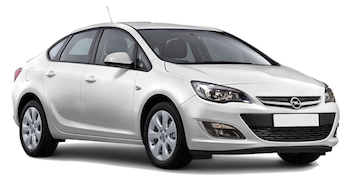
-
TopCar From£ 12 /day

-
TopCar From£ 13 /day

-
TopCar From£ 12 /day

-
TopCar From£ 15 /day

-
TopCar From£ 14 /day
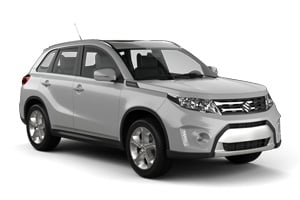
-
TopCar From£ 19 /day
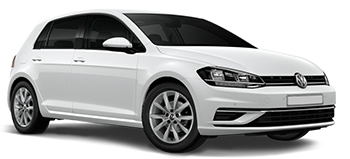
-
TopCar From£ 19 /day

-
TopCar From£ 20 /day
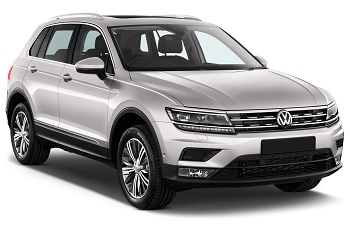
-
TopCar From£ 22 /day

-
TopCar From£ 23 /day
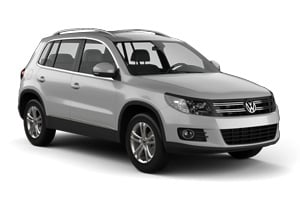
-
TopCar From£ 26 /day
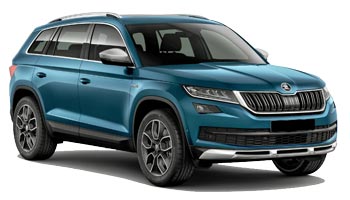
-
TopCar From£ 28 /day
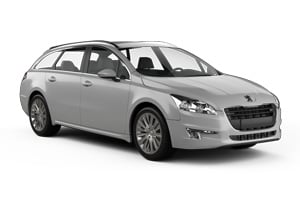
-
Sixt From£ 32 /day

-
TopCar From£ 32 /day
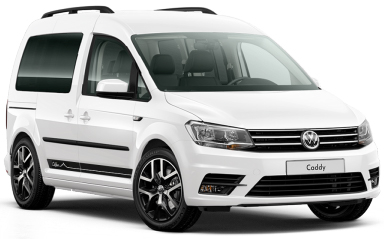
-
TopCar From£ 29 /day
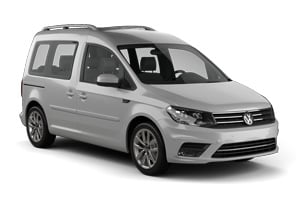
-
TopCar From£ 30 /day

-
TopCar From£ 34 /day
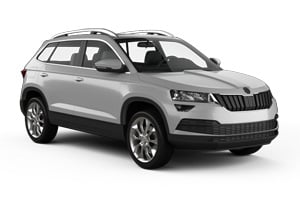
-
Sixt From£ 34 /day

-
TopCar From£ 37 /day

-
TopCar From£ 34 /day

-
TopCar From£ 39 /day
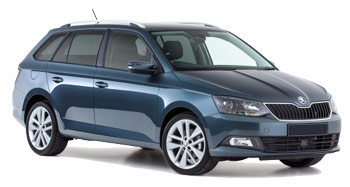
-
TopCar From£ 15 /day
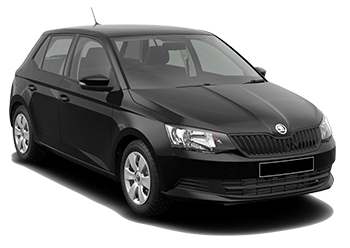
-
TopCar From£ 16 /day

-
TopCar From£ 19 /day
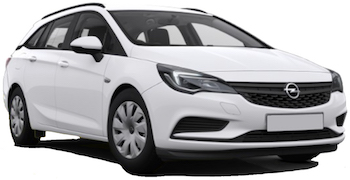
-
TopCar From£ 16 /day

-
TopCar From£ 19 /day

-
TopCar From£ 21 /day

-
Sixt From£ 32 /day

-
TopCar From£ 34 /day
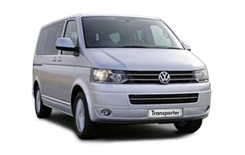
-
TopCar From£ 39 /day

-
TopCar From£ 43 /day

-
TopCar From£ 45 /day
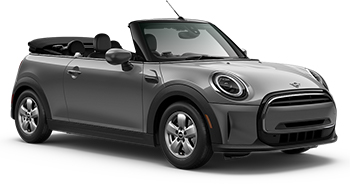
-
TopCar From£ 21 /day

-
TopCar From£ 23 /day

-
TopCar From£ 26 /day

-
TopCar From£ 23 /day

-
TopCar From£ 25 /day

-
TopCar From£ 26 /day

-
TopCar From£ 44 /day

-
TopCar From£ 9 /day

-
TopCar From£ 12 /day -
Avis From£ 14 /day -
Budget From£ 14 /day

-
TopCar From£ 12 /day

-
TopCar From£ 12 /day

-
TopCar From£ 12 /day -
Budget From£ 16 /day -
Avis From£ 17 /day

-
TopCar From£ 12 /day -
Thrifty From£ 13 /day -
Avis From£ 14 /day

-
TopCar From£ 13 /day
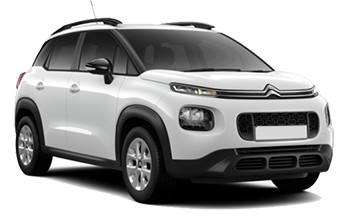
-
TopCar From£ 13 /day

-
TopCar From£ 14 /day -
Budget From£ 15 /day -
Avis From£ 16 /day
Useful tips for a well-prepared trip
Which insurance should I choose, and what's the deal with the deposit? Read our articles with useful information and tips to ensure you choose the right rental car for you.
When to book a rental car in La Palma
Car rental locations in La Palma
EasyTerra Car Hire compares rental car rates at the following locations
Location information for La Palma
Most popular car hire locations in La Palma
Introduction
La Palma is one of the Canary Islands. Thanks to the local rainfall, La Palma is much greener than the other islands, which is why it is also called 'La Isla Verde' (the green island) or 'La Isla Bonita' (the beautiful island). La Palma has a very diverse flora. The water from the mountains is transported to the villages and farms via currents that have been hewn from the rocks.
Like the other Canary Islands, La Palma is of volcanic origin. The tall peaks are situated in the north and east of the island, including El Roque de los Muchachos (2,426 m.), Pico de la Cruz (2,351 m.), Piedra Llana (2,321 m.) and Pico de la Nieve (2,239 m.). To the north of this volcanic chain there is a deep ravine, the Caldera de Taburiente, which was caused above all by erosion. On the edge of this ravine there is an international stellar watch.
La Palma attracts far fewer tourists than Tenerife or Gran Canaria. This has to do especially with the fact that there are few beaches on the island and the nightlife is virtually non-existent. The tourists that do visit the island are attracted by the splendid and sometimes rugged nature of the island.
Population
The island has about 85,000 inhabitants, about half of whom live in the two main towns: about 18,000 of them in the capital Santa Cruz de la Palma on the east coast, and some 20,000 in Los Llanos de Ariadne, which is located on the west coast.
Location
La Palma is the most northerly of the Canary Islands and has the shape of a dagger. The island is 50 kilometres long and at the most 25 kilometres wide (the north). The capital Santa Cruz is situated on a bay on the east coast and it is built on the slopes of a volcanic crater.
Economy
For a long time, agriculture was the foundation of the economy. To this day, bananas, sugarcane, grapes and tobacco are cultivated on the island. In addition, forestry and fishing provides jobs for a considerable number of people. Since the emergence of tourism in the 1970's, that has been the main source of income.
Airports
La Palma Airport is located eight kilometres to the south of Santa Cruz. It is easy to reach by car via the LP-138, the widest road on La Palma. There are various charter connections to Northern European countries. There are regular flights to the neighboring Canary Islands, to the Portuguese island of Madeira and to cities like Madrid, Barcelona, Paris and Milan. Parking at La Palma Airport is free. There is also a regular bus connection between the airport and some tourist centres.
Public transport
Public transport on La Palma consists of buses, that connect all the important places on the island. They usually arrive every half an hour and on time. The rates are a little higher than they are on the Spanish mainland, but still cheaper than in Northern European countries. The drivers have little or no knowledge of foreign languages. A tip: greet the driver in Spanish and he will be very helpful, for instance letting you get off the bus in the right place.
From the harbour of Santa Cruz there are ferry connections to the other Canary Islands.
Traffic and Parking
Between the capital and the airport there is a two lane road. It is the only 'big' road on the island. La Palma is a mountainous island and the other roads are therefore narrow, curvy and hilly. It makes for spectacular views, but do not just stop your car to enjoy the view!
The main roads are hardened, but the other roads are not. On all the roads you need to beware of falling rocks - especially during and after rain. In addition, there may be people, goats and dogs on the (smaller) roads. Adapt your speed accordingly. It is not a good idea anyway to drive fast when unexpected things may occur.
With regard of booking a hotel it is good to know that the west of the island has a more pleasant climate than the east. However, in the east there is also a large tourist complex - Los Cancajos - between the capital and the airport. In the larger towns of Santa Cruz and Los Llanos there are also some hotels. Many people prefer to rent a cottage ('casitas'). Some of these casitas are situated on spectacular locations, but they can often not be reached by public transport. This means that a rental car is the best mode of transportation.
External Sources
For more information about La Palma, we recommend Google, and the following sources:
- Wikipedia, La Palma
- Information Isla de La Palma (Dutch and English)
- Patronato de Turismo (English, German and Spanish)
Important up-to-date information for renting a car in La Palma
| 🚙 Number of rental agencies | 13 |
| ⭐ Most popular car rental agency | Budget |
| 💰 Cheapest car rental company | Turisprime |
| 🏆 Best rated car rental agency | Enterprise |
Practical information
-
CurrencyEuro
-
Driving directionRight
-
City speed limit50 km/h
-
Freeway speed limit90 km/h
-
LanguageSpanish
-
Popular car categoryEconomy
What most people want to know
The following questions and answers are a selection of the most popular questions. If you do not find the answer to your question, have a look at the Frequently Asked Questions page or contact us.
- Enterprise
- Hertz
- Avis
- TopCar
- Budget
- Thrifty
- Orlando Rent a Car
- Turisprime
- Europcar
- Keddy By Europcar
- Dollar Rent a Car
- Sixt
- Autos Menorca